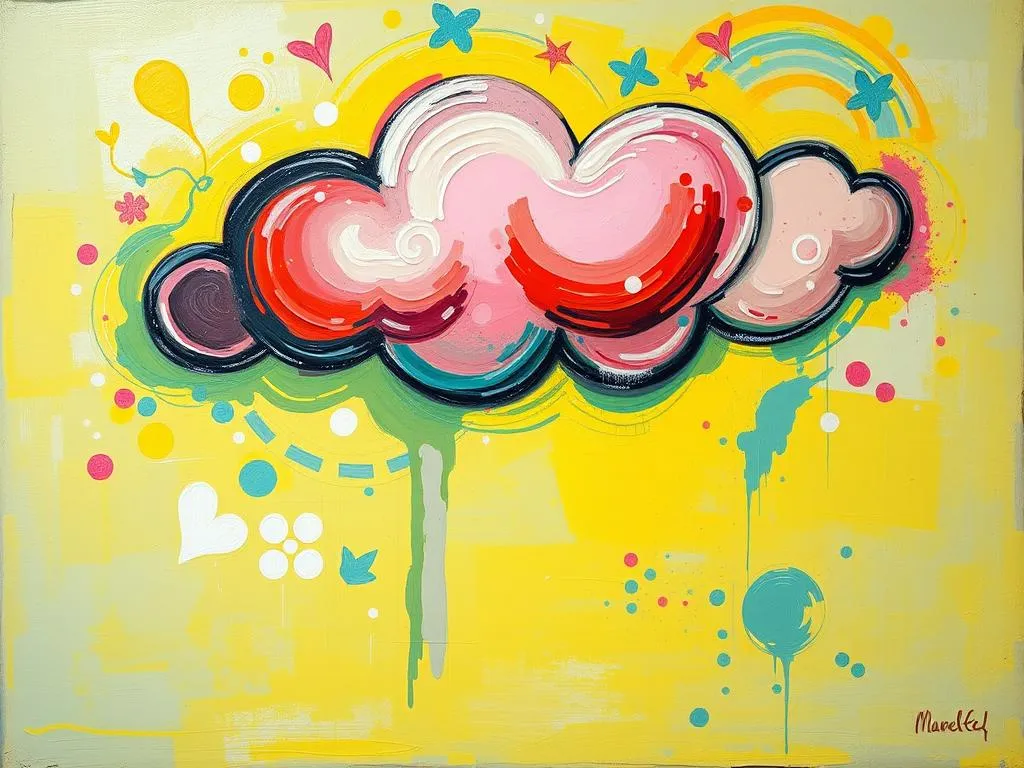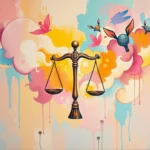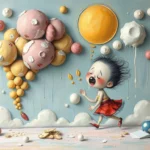
Introduction
Dreams have long captivated the human imagination, serving as a mirror to our subconscious thoughts, fears, and desires. They often weave together a tapestry of symbols that can hold profound meanings, making dream interpretation a fascinating field of study. Whether it’s a recurring nightmare, a vivid daydream, or a peculiar sequence of events that seems utterly nonsensical, dreams compel us to explore their significance. Understanding the symbols within our dreams can help us gain deeper insights into our waking lives, leading us towards personal growth and self-discovery. In this article, we will delve into the symbolism and meanings of various dream symbols, explore different scenarios surrounding these dreams, and offer practical advice on how to connect these dreams to real-life situations.
Symbolism and Meaning
When analyzing dream symbols, it’s essential to recognize that their meanings can vary widely depending on personal experiences, cultural backgrounds, and even current emotional states. For example, the symbol of water often appears in dreams and can represent a range of emotions, from the depths of sorrow to the vastness of joy. In some cultures, clear water signifies purity and clarity, while murky water might symbolize confusion or emotional turmoil.
Another common symbol is flight. Dreaming of flying can evoke feelings of freedom and liberation, suggesting the dreamer is overcoming obstacles or reaching new heights in their life. Conversely, if the dreamer struggles to fly or feels restricted, it may indicate feelings of inadequacy or a fear of failure.
The presence of animals in dreams also carries significant weight. For instance, a wolf might symbolize a need for independence or a sense of danger, while a dove often represents peace and hope. The interpretation of such symbols can become even more layered when considering personal associations with the animals themselves.
Colors found within dreams can further enrich their meanings. Bright colors may signify vibrancy and vitality, whereas dark colors might indicate sadness or fear. Each hue can evoke specific feelings and connections that add depth to the overall interpretation.
Ultimately, the key to understanding dream symbols lies in their context. Paying attention to the emotions felt during the dream and how they relate to the symbols present can provide valuable insights. When interpreting dreams, consider your own experiences, feelings, and current life situations, as these will add a unique perspective to the symbolism.
Key Scenarios and Variations
Dreams can manifest in numerous scenarios, each adding a different layer to the interpretation of the symbols involved. For instance, dreaming about being chased is a common scenario that often reflects feelings of anxiety or avoidance in waking life. The identity of the pursuer may change the dream’s meaning—if it’s someone familiar, it might signify unresolved issues with that person; if it’s an unknown figure, it may represent an aspect of oneself that is being repressed.
Another scenario to consider is losing something valuable in a dream. This could signify a fear of loss or change, particularly if the item represents a significant aspect of the dreamer’s life, such as a job, relationship, or even personal identity. If the dreamer successfully recovers the lost item, it may suggest resilience and the ability to reclaim what is essential, whereas failing to find it could indicate a feeling of helplessness or despair.
Recurrent dreams are another fascinating aspect to explore. If a dream keeps reappearing, it often signifies that the dreamer is grappling with a particular issue or emotion that needs to be addressed. The details may vary from one iteration to the next, but the core themes often remain consistent, urging the dreamer to confront the underlying message.
Considering the environment in which the dream takes place can also alter its interpretation. A dream set in a familiar place may evoke nostalgia or a sense of comfort, while an unfamiliar setting might symbolize uncertainty or fear of the unknown. For instance, dreaming of being in a childhood home could suggest a longing for security or a need to reconnect with one’s roots, while being in an unfamiliar city might reflect feelings of being lost or out of control.
Lastly, the time of day in dreams can also play a role in their meaning. Dreams that occur at night could symbolize hidden fears or anxieties, while dreams during the day may represent clarity and enlightenment. The transition between night and day can also signify a shift in perspective or a journey from darkness to light.
Real-Life Connections and Takeaways
Understanding the symbolism and scenarios in dreams offers us a valuable opportunity for self-reflection. To translate these insights into real-life applications, consider keeping a dream journal. Recording your dreams upon waking can help you identify patterns and recurring themes that might be relevant to your waking life. Over time, you may notice connections between your dreams and your emotions, relationships, or major life events.
When reflecting on your dreams, ask yourself questions such as: What emotions did I feel during the dream? How do the symbols relate to my current life situation? Are there any unresolved issues or feelings that the dream may be highlighting? Engaging in this type of self-inquiry can lead to revelations about your subconscious mind and help you address any underlying concerns.
Additionally, consider discussing your dreams with trusted friends or family members. Sometimes, an outside perspective can illuminate aspects of the dream that you may not have considered. Sharing your experiences can foster connections and deepen your understanding of how your dreams relate to your relationships and personal growth.
Another practical takeaway is to practice mindfulness. Becoming more attuned to your thoughts and feelings during waking life can enhance your ability to interpret dreams. Mindfulness encourages self-awareness and can help you recognize patterns in your behavior that may also appear in your dreams.
Finally, don’t shy away from seeking professional help if your dreams evoke intense emotions or highlight distressing issues. A therapist or counselor trained in dream analysis can provide valuable insights and techniques for processing the emotions tied to your dreams.
In conclusion, dreams are a powerful tool for self-discovery, offering glimpses into our inner worlds through rich symbolism and varied scenarios. By reflecting on the meanings behind our dreams and connecting them to our waking lives, we can gain clarity, heal old wounds, and foster personal growth. Embrace the journey of understanding your dreams, and let them guide you towards a more profound understanding of yourself.







